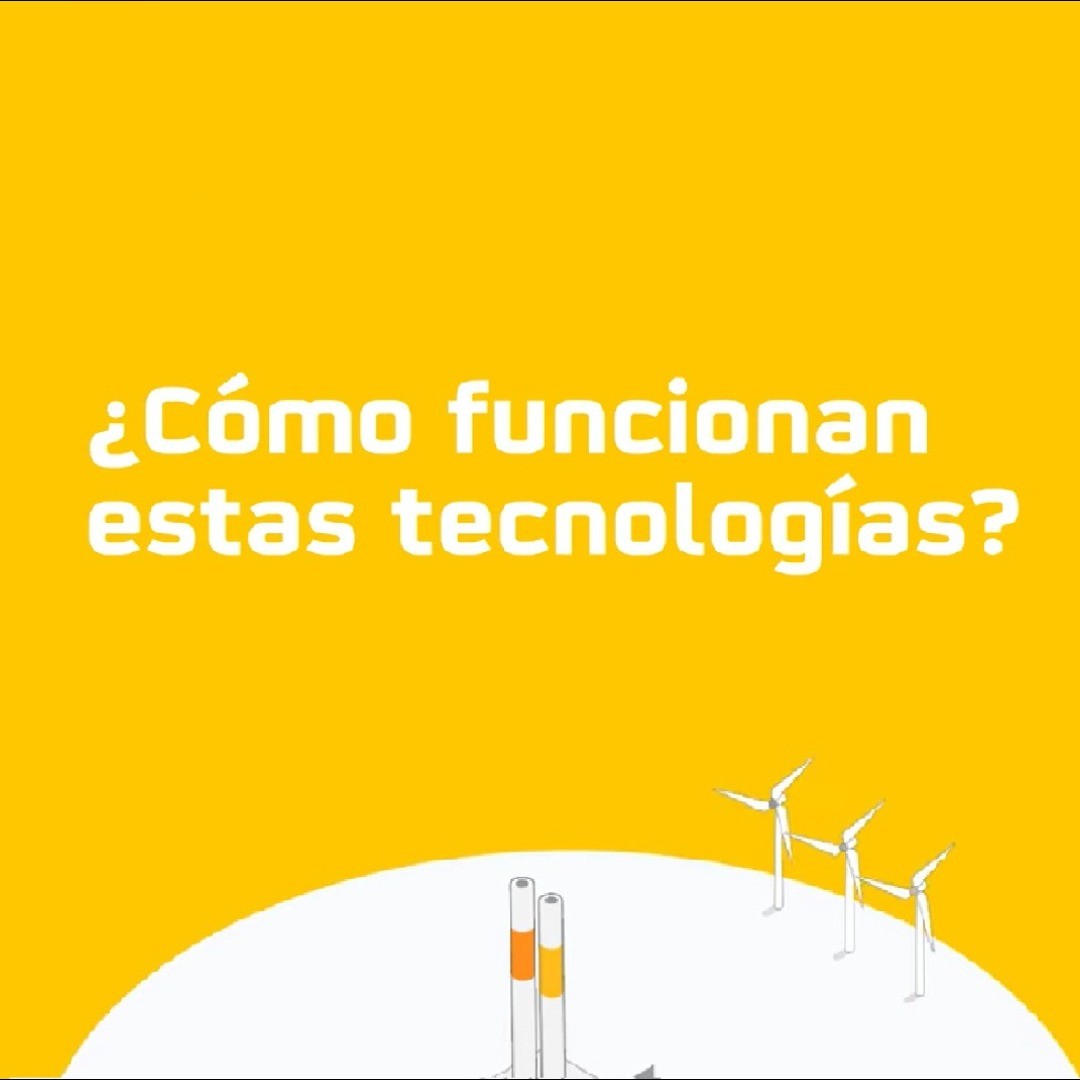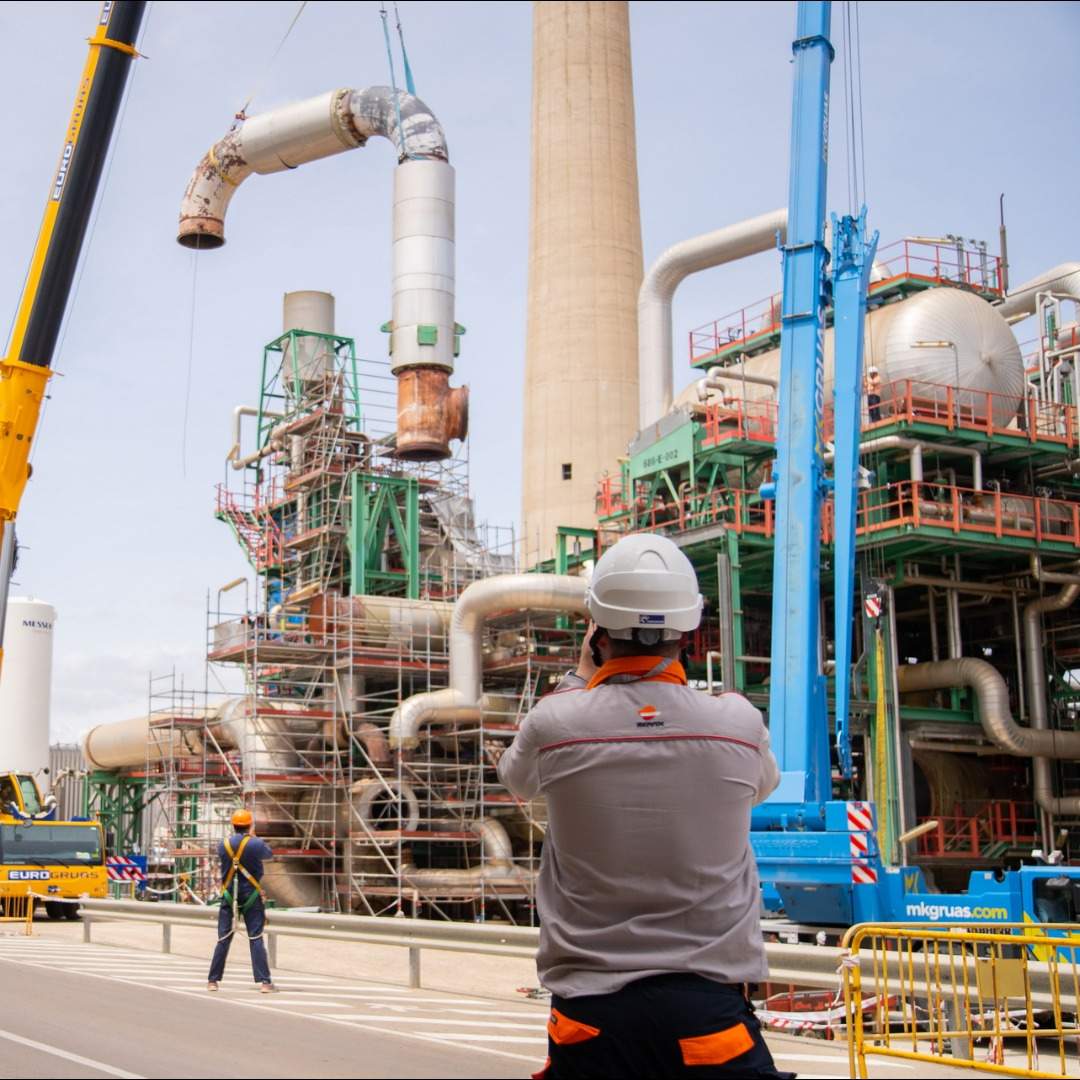
CO2 capture technologies
CO2 capture technologies
Challenges for the deployment of CO2 capture technologies
Challenges for the deployment of CO2 capture technologies
CO2 capture and storage technologies (CCS) today allow around 50 Mt/year of CO2 to be captured and the predictions don't stop increasing. In order to accelerate the deployment of these technologies, industry needs a regulatory framework with greater certainty and greater public-private collaboration.
In 2023, the capture capacity of the new projects announced increased by 35% and storage capacity by 70%. However, the International Energy Agency (IEA) considers that "although this boost of the announcements is positive, project execution times will have to be drastically shortened" to comply with capture objectives set for the coming decades, which rise to 2,000 Mt by 2035 and 6,000 Mt by 2050.
For Marta González, CCS Commercial & Marketing manager at Repsol, "the challenge we have ahead is titanic." Among the priorities to achieve this leap in the deployment of these technologies, "the need for a regulatory framework that gives certainty to companies and promotes public-private collaboration" stands out. "The infrastructure necessary for the deployment of CCS technologies requires a significant initial investment and the development cycles of these projects are long, between eight and ten years. Thus, strong political support and financial incentives are needed."
Today, the largest political support for these technologies is in the United States and United Kingdom, two countries that lead the development of CCS at a global level. The British authorities have announced a package of aid of almost 26 billion euros over the next 25 years to support these types of projects. And in the United States, where there are already 19 operational facilities, direct aid and laws such as the Inflation Reduction Act, which grants a tax reduction for emitters of $85 per tonne of stored CO2, have made the storage capacity announced to triple between 2022 and 2024.
The EU's Net-Zero Industry Act sets for 2030 an objective of 50 Mt annually of CO2 stored in member states
With regards to the European Union, an exponential leap has been taken in 2024, with significant progress thanks to the publication of regulations such as the Net-Zero Industry Act, which establishes for 2030 an objective of 50 Mt annually stored in member states, or the Carbon Management Strategy, which states as a goal to achieve 280 Mt/year of CO2 captured by 2040, following the global path defined by the IEA.
Marta González, as an expert in regulation, considers that this set of measures "has marked a turning point in the EU. We could quote the mythical phrase from Neil Armstrong "one small step for man, one giant leap for mankind". Now it's about this clear vision from the European Commission materializing through national strategies and financial mechanisms that allow the alignment of investment decisions from all the industries involved."
Having a funding system, a regulation for the granting of permits, and support for R+D, key to promote these technologies
This opinion is shared by the professor Fèlix Llovell, director of the Repsol Foundation’s Energy Transition Education and Research Program on CO2 Capture and Use at the Universidad Rovira i Virgili, who considers that to make the EU's ambitious decarbonization objectives a reality -reducing CO2 emissions by 90% by 2040 and achieving climate neutrality by 2050- it is necessary to have the support of a funding system, a regulation for the granting of permits, and support for R+D to accelerate projects that reduce emissions through capture and storage technologies. In this regard, programs such as the EU's Innovation Fund "are already going in this direction, but it is necessary to increase the effort."
If the EU makes a decisive commitment to the development of these technologies, CCS technology can play a key role to decarbonize its most energy-intensive industry, which for decades has been losing weight in the continent's economy. For that it will be necessary for the new European Commission, which has just begun its mandate, to adopt a technologically neutral approach, in which all available solutions are used to decarbonize, as the ex-president of the European Central Bank, Mario Draghi, recommends in his report on "The future of European competitiveness".
How is CO2 captured and stored?
How is CO2 captured and stored?

CO2 capture and storage technology
CO2 capture and storage technology
Discover the process of CO2 storage technologies and their fundamental role in the future to achieve net zero emissions.
CO2 capture and storage technologies have been applied for several decades, which has allowed extensive knowledge to be accumulated on how to carry out the process safely and efficiently. The CO2 is captured when leaving industry chimneys, a separation of other gases or impurities is carried out, and it is transported to be stored in the subsoil that are at a depth of between 1.5 and 2km within the subsoil.
There are several capture methods. One of the most common is the use of chemical compounds to absorb the CO2. Then the gas compresses and is moved through tubes similar to gas pipes, also called 'carbon capture pipelines', or by using large vessels. Today, there are already over 5,000 kilometers of pipes that transport CO2 in the world.
Carbon dioxide can be stored without risk of leakages in deep geological formations, such as saline aquifers or depleted oil and gas fields, which can be used for this storage. "The CO2 is injected at pressure and remains trapped, since an impermeable rock layer at the injection site that does not allow its escape should exist. Injections can be carried out both on-shore or off-shore," explains Fèlix Llovell.


